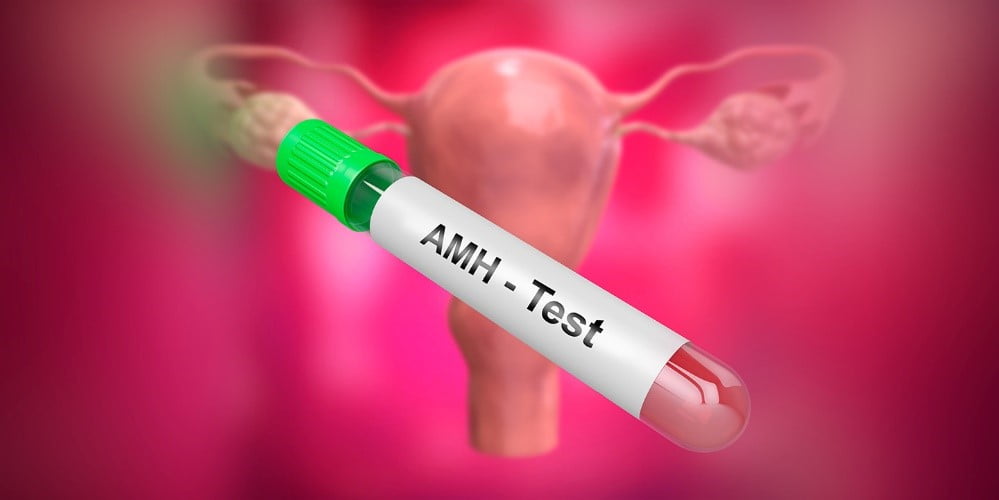The AMH blood test is used to measure the levels of anti-müllerian hormone in a woman’s body. This hormone is produced by the cells that surround the eggs in a woman’s ovaries. The level of AMH in a woman’s blood can be an indicator of her ovarian reserve, or the number of eggs she has left.
The AMH blood tests, short for anti-mullerian hormone, is a test that is important for women of childbearing age. This hormone is produced by the ovaries and is responsible for regulating the menstrual cycle. It is also a good indicator of ovarian reserve, which is the number of eggs a woman has left. If a woman has a low ovarian reserve, it may indicate that she will have difficulty conceiving or may experience early menopause.
Why is this test important?

The AMH blood test can give doctors a good idea of a woman’s fertility potential. For example, if a woman has a low AMH level, it may mean that she has fewer eggs left and may have difficulty getting pregnant. Conversely, if a woman has a high AMH level, it may mean that she has more eggs left and may have an easier time getting pregnant. In either case, the AMH blood test can give doctors some insight into a woman’s fertility and help them recommend the best course of treatment.
It can help women who are trying to conceive make informed decisions about their reproductive health. For example, if a woman has a low level of AMH, she may be able to take steps to improve her ovarian reserve before she tries to get pregnant.
The AMH blood test is simple and quick, and it can provide invaluable information to women who are trying to conceive. If you are of childbearing age and are considering starting or growing your family, talk to your doctor about whether the AMH blood test is right for you.
How is the AMH Blood Test Performed?
The AMH blood test is a simple and quick test that can be performed at either at the convenience of your home or at a fertility clinic. A small sample of blood will be taken from a vein in your arm and sent to a laboratory for analysis. The results of the test will usually be available within a few days.
How to Prepare for the Test
Click here to order our at-home tests from Welzo. You do not need to do anything special to prepare for the AMH blood test.
- Pick you test
- Take your test
- Results within 48 hours.
What do the Results Mean?
The results of the AMH blood test are reported as nanograms per milliliter (ng/mL). A normal result is considered to be between 1.0 and 4.0 ng/mL. A result that is lower than 1.0 ng/mL may indicate a low ovarian reserve, while a result higher than 4.0 ng/mL may indicate a high ovarian reserve. However, it is important to note that these results are only an estimate; the actual number of eggs a woman has cannot be determined with 100% accuracy.
If your AMH levels are high, it means that you have a good ovarian reserve and are likely to have no difficulty conceiving. If your levels are low, it may mean that you have fewer eggs remaining and could have difficulty conceiving. However, it’s important to remember that this is only one factor in fertility – there are many other factors that contribute to whether or not you will be able to conceive.
Consult Welzo to learn about men’s health.
Conclusion:
The AMH blood test is important for women of childbearing age because it can provide information about her ovarian reserve. This quick and easy test can provide valuable information about your ovarian reserve and help you make informed decisions about your reproductive health. A low ovarian reserve may indicate difficulty conceiving or early menopause, while a high ovarian reserve may mean that she has more eggs than average and may be able to conceive without difficulty. The results of the test are reported as nanograms per milliliter (ng/mL) and are only an estimate; the actual number of eggs cannot be determined with 100% accuracy.
If you’re considering starting or expanding your family, check whether the AMH blood test is right for you. Despite its potential limitations, the AMH blood test remains an important tool in fertility testing for women of childbearing age.